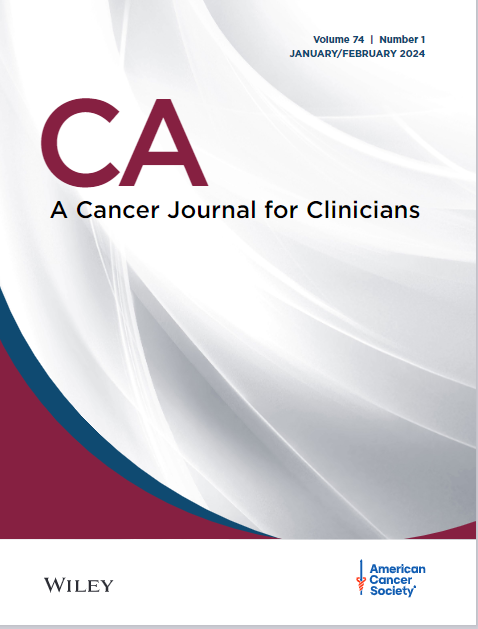Reduced-volume radiotherapy versus conventional-volume radiotherapy after induction chemotherapy in nasopharyngeal carcinoma: An open-label, noninferiority, multicenter, randomized phase 3 trial
Abstract
Background
Nearly 90% locoregionally advanced nasopharyngeal carcinoma (LANPC) responds to induction chemotherapy (IC) with significant tumor volume shrinkage. Radiotherapy always follows IC, and reduced volume has been proposed. However, the efficacy and safety of reduced-volume radiotherapy is uncertain.
Methods
In this multi-center, noninferiority, randomized, controlled trial, patients with LANPC who completed IC were randomly assigned (1:1) to receive reduced-volume radiotherapy based on post-IC tumor volume (Post-IC group) or conventional volume radiotherapy based on pre-IC tumor volume (Pre-IC group). The primary endpoint was locoregional relapse-free survival, with a noninferiority margin of 8%. Secondary endpoints comprised adverse events, and quality of life (QoL).
Results
Between August 7, 2020, and May 27, 2022, 445 patients were randomly assigned to Post-IC (n = 225) or Pre-IC (n = 220) groups. The average volume receiving radical dose was 66.6 cm3 in Post-IC group versus 80.9 cm3. After a median follow-up of 40.4 months, the 3-year locoregional relapse-free survival was 91.5% in the Post-IC group versus 91.2%, with a difference of 0.3% (95% confidence interval −4.9% to 5.5%). The incidence of grade 3-4 radiation-related toxicity was lower in the Post-IC group including: acute mucositis (19.8% vs 34.1%), late otitis media (9.5% vs 20.9%) and late dry month (3.6% vs 9.5%). The Post-IC group had better QoL for global health status, physical functioning, emotional functioning, dry mouth and sticky saliva.
Conclusions
In this trial, reduced-volume radiotherapy was noninferior to conventional volume radiotherapy in locoregional relapse-free survival, and was associated with lower toxicities and improved QoL. (ClinicalTrials.gov identifier NCT04384627).





 求助内容:
求助内容: 应助结果提醒方式:
应助结果提醒方式:


